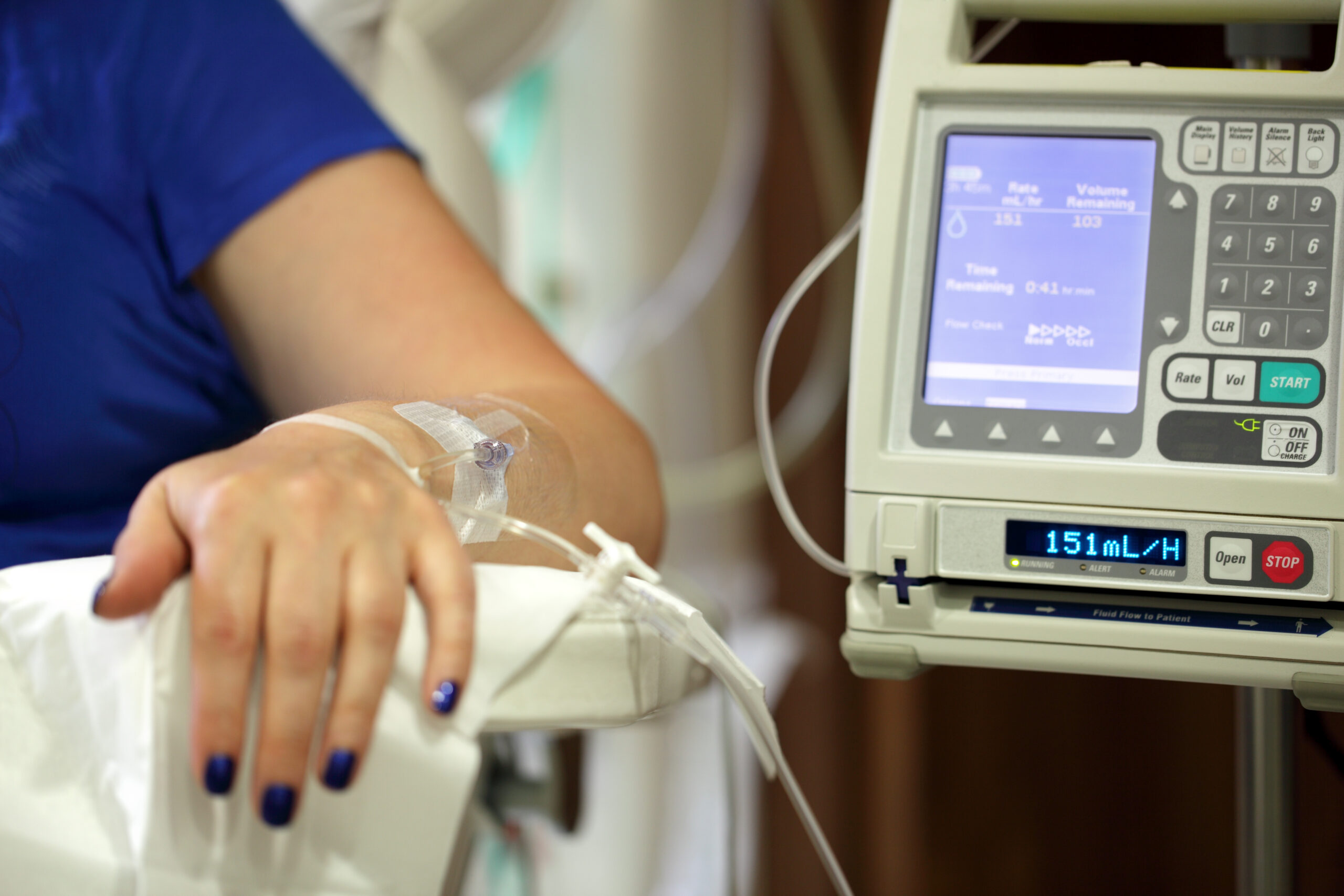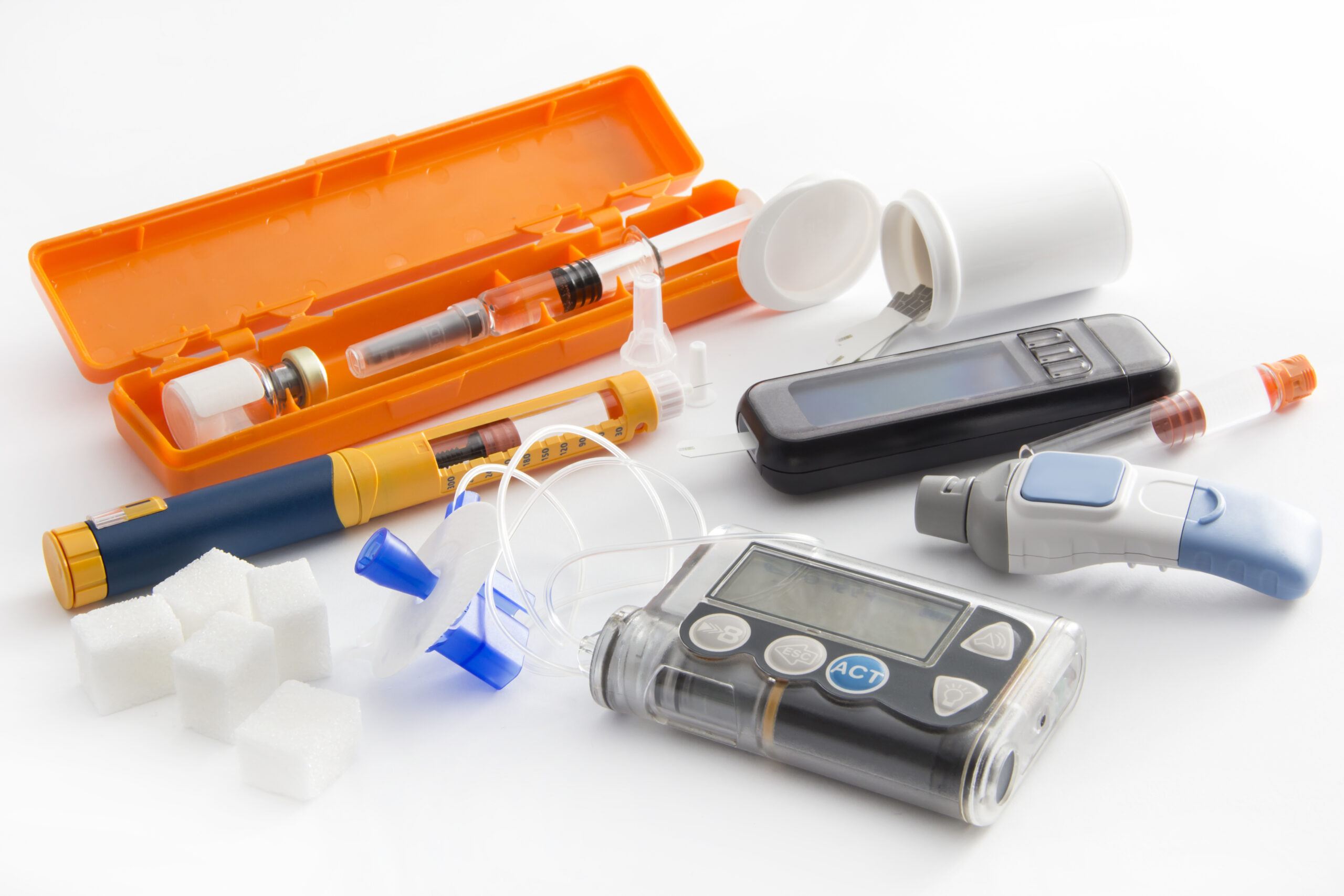Designing medical devices involves creating tools that are not only effective but also intuitive and safe to use. Two key concepts in achieving this goal are constraints and affordances. These concepts play crucial roles in guiding users’ interactions with devices by limiting user actions and providing clear indications on how to use the devices.
What are Constraints? How Do We Use Them? And How Do We Constrain to Afford?
Constraints and affordances are increasingly popular concepts in many fields, including medical device design. Introduced by James J. Gibson in the field of ecological psychology and popularized in design by Don Norman, these concepts are fundamental in creating user-friendly devices.
Let’s break ‘constraining to afford’ apart. Simply put, an affordance is an opportunity to perform an action. These opportunities for action are perceived based on what someone can do at that specific moment. For example, consider a door with a push bar. For someone standing right in front of it, the push bar affords the opportunity to open the door. However, if the person has their hands full, the affordance might change, and they might perceive the door as something they need to push with their body instead.
On the other hand, a constraint eliminates certain actions, creating a boundary that limits what’s available. Therefore, constraining to afford is simply eliminating certain options or creating a boundary that will shape what actions are available.
Here’s a somewhat extreme example that I came across as I was finishing a hike and thought it was a cool example of constraining to afford.
In this example, the action goal is for the individual to see “Tom’s Thumb” – the peak in the distance. The fixed equipment (physical constraint) limited many other actions available to me, greatly increasing the likelihood that I would see Tom’s Thumb (affordance). A very simple option with no complex instruction manual needed 😊
Affordances and Constraints in Medical Device Design
Affordances: In medical devices, affordances are features that naturally show how the device should be used. For example, an insulin pen’s ergonomic grip and textured dose knob fit comfortably in the user’s hand, making it easy to hold and control. These features intuitively indicate how the pen should be used without additional instructions. However, focusing only on affordances presents an incomplete picture. Affordances for the sake of affordances may not always be optimal. Adding constraints to limit what actions are available can lead to the best user interaction.
Constraints: Constraints are design features that limit the ways a device can be used, guiding the user toward correct usage. As an obvious example, a child safety cap on a medicine bottle is designed to be difficult for children to open, creating a constraint that prevents them from accessing the contents. For adults, the cap requires a specific action (pushing down and turning), limiting the methods of opening the bottle and ensuring safety.
Types of Constraints in Medical Device Design
Constraints play a crucial role in guiding user behavior and ensuring safety in medical device design. Based on Don Norman’s work in “The Design of Everyday Things,” here are the main types of constraints that can be used to create intuitive and effective medical devices:
Physical Constraints
These are based on the physical properties of the device. They limit user actions by the shape, size, and material of the components. For instance, the design of a syringe plunger and barrel ensures that the plunger can only be inserted in a specific way. This helps users understand how to assemble and use the device correctly without needing extensive instructions.
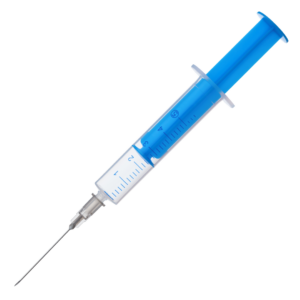
Semantic Constraints
These rely on the meaning or purpose of the device and its components. These constraints use labels, instructions, and color coding to guide users. For example, color-coded connectors in infusion pumps ensure that healthcare professionals connect the right tubes to the appropriate ports, reducing the risk of incorrect connections.
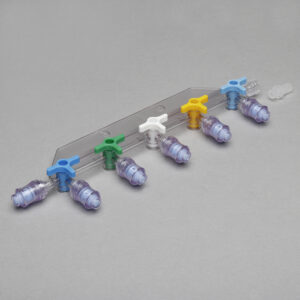
Cultural Constraints
These are based on conventions and norms familiar to the user. These constraints use standard symbols, icons, and design elements that align with common user expectations. For instance, in many cultures, using a red button for emergency stop functions and green for start ensures that users intuitively understand the functions based on cultural conventions. However, in others, such as China, this design would not constrain to afford in the same way, as red is associated positively and green negatively.
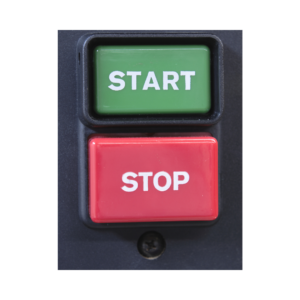
Logical Constraints
These are based on logical relationships between parts of the device. These constraints require users to follow a specific sequence of actions or use interlocks to prevent incorrect usage. For example, a surgical robotic system might require the completion of a specific setup sequence and system checks before allowing the surgeon to begin the procedure. This ensures all components are correctly calibrated and functional, preventing potential errors during surgery.
Real-world Applications in Medical Devices
- Insulin Pens:
- Constraint: The dose knob is designed to click into place, preventing accidental dosage changes.
- Affordance: Users can easily set and confirm the correct dosage, reducing the risk of errors.
- Catheter Systems:
- Constraint: Color-coded connectors and specific port sizes.
- Affordance: These constraints ensure only the correct components are connected, preventing mismatches and ensuring proper function.
- Mobile Health Apps:
- Constraint: To ensure users see a new important feature, an app might constrain all other actions via a pop-up box that provides a demonstration video of the new feature.
- Affordance: This constraint ensures that users are aware of and understand how to use the new feature effectively.
Conclusion
Constraining to afford in medical device design enhances usability and safety by guiding users toward the correct actions and preventing errors. By understanding and applying these principles, designers can create intuitive, safe, and effective medical devices that improve patient care.
Contact us to learn more about medical device design and how we can assist your human factors needs.


